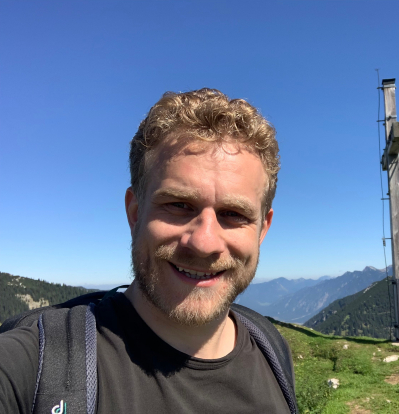Deno could be the next big thing - and this courses teaches it from the ground up, with real applications and practical examples!
Deno.js is a JavaScript runtime - just like Node.js is - created by the creator of Node.js.
Wait ... what?
The creator of NodeJS found that Node suffers from certain problems - or that it at least could be better than it is. And Deno is the result of that thought process: It's "a better Node".
You can build the same kinds of apps as you can with Node but you benefit from additional strengths that are built-into Deno:
- Secure by default because of Deno's permission system
- Deno embraces modern JavaScript features like async iterators, promises & more
- Support for both JavaScript as well as TypeScript - out of the box, without any extra compiler
- ES Module Support & URL Imports instead of local node_modules management
This course teaches Deno from the ground up, without any prior experience about Node being assumed. Such experience will help but it's not required!
We'll dive into Deno and we'll build multiple apps to see how you can use Deno to build real web applications.
In detail, here's what's included in the course:
- What is Deno and Why is it interesting?
- Practical Examples & Demo Apps
- Core Concepts of Deno
- Working with the Runtime APIs
- Exploring the Deno Standard Library
- Creating a Web Server with Deno
- Using Third Party Modules
- Working with the Oak Framework to create Web Servers with Ease
- How to connect Deno to a Database (MongoDB)
- Rendering server-side HTML with Templating Engines & Deno
- Building a REST API with Deno
- A Detailed Comparison of Deno & Node
- A Look into the Future of Deno & Whether you should use Deno right now
Everything is included in this course already - you can go through all those concepts right after enrolling!
Deno is very new!
It has great chances of becoming an important technology but of course it's too early to tell right now.
However, what you learn in this course will also help you with Node development AND it will help you judge whether Deno is the right choice for you or if you maybe want to focus on Node first.
Everything is possible with this course since it's created such that it teaches you core fundamentals that apply to both Node and Deno.
Deno knowledge will always be helpful and right now you got the chance of being one of the first to understand this brand-new technology!
